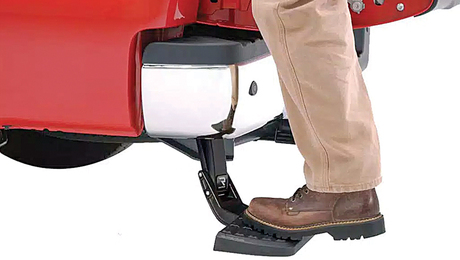Pocket Door – Making Air Tight to Wall Cavity
I’m working on the design of a high thermal efficient and air tight home in a mountainous high altitude zone 6b. There are a few places in the design that lend itself to interior pocket doors however I’m really worried about how difficult it is to seal the pocket door from the wall cavity.
Air leaks into the wall cavity really destory the thermal efficiency due to the convective cycle that is set up. How do you prevent these leaks with pocket doors. It seems like youd have to build a sealed enclosure within the wall cavity then mount the mocket door inside the sealed enclosure. That doesn’t sound practical.
Are there any articles on how to seal pocket doors or should I just avoid pocket doors altogether?
Steve















Replies
Create a sound thermal envelope
Your design presumably creates a sound thermal envelope that starts in the crawl space /basement and extends to the attic. This thermal envelope will be inspected before a residency permit is granted. All interior partitions are within said theremal envelope. Within such an enclosed system a pocket door opening works like any other framed opening. In this case, half the opening is encased in drywall. My recommendation: focus your attention on creating an effective theremal envelope.
You presume correctly althought I'm not entirely sure how to do that at the intersection of interior walls and the attic. I'm a home owner embarking on a new build with a builder that has never done an air tight thermally efficient home.
I assume if I use 2" of open cell spray foam in the attic this will seal the interrior wall attic intesection well enough?
In this case do I not have to worry about sealing light switches and electrical outlet boxes if they are on interior wallls to achieve my ACH target?
Steve
Steve,
The attic insulation will take care of the exterior envelope. No need to insulate an interior wall.
is it wise?
is it wise to hire a contractor who has never done such a detailed and complex project, one that even you don't know how the details are to be done. No offense. Just have your eyes wide open. I suspect you will die under the load of change orders which will grow hostile during the project
Yeah I hear you, maybe it is not wise. However there are few to none that have done a house such as this in my area. I interviewed 6 builders and only 1 had done this before and then he had only done it once.
I'm working with what I've got, hence I'm trying to educate myself and keep ahead of the game. In addition I've got a building science firm I'm going to consult with so they can double check all my calculations, analysis and drawing details.
My eyes are super wide at this point!
Steve
eliminate convection loops
Steve. You are spot-on re the attic. You will be laying batt insulation on top of the foam, right? I would advise that you insulate your interior electric boxes. You want to eliminate any possible source of a convection loop. I say this with hindsight, having failed an inspection two years ago. In theory the inside walls (partitions) are within the envelope, but you want to guard against any possible, even miniscule air infiltration. Be sure to seal any electric wires running through the top/tie and bottom plates of interior and exterior walls. Pay attention to soffits.
As others point out, it is not a good idea to hire someone unfamiliar with the latest IRC standards. The cost to correct later on can be prohibitive. I know of three homes valued at near 1 mil that had to be completely redone (drywall, electrical et al). My HVAC guy spent a cool $5,000 to meet the inspection. Be carefull...and good luck.
Mel,
With respect to sealing the interior electrical boxes as you mentioned it was for this exact reason I had the concern about the pocket door. Not to mention that I was thinking my vapor barrier would be latex paint on the inside of the sheetrock, allowing my walls to dry to the outside. The pocket door, and electrical boxes / switches just punch a hole in my vapor barrier that I thought should be sealed.
You know if I work with my builder and we work together to make an enrgy efficient air tight house then that's one more builder converted to the "new" way of doing things and that will be better for all of us.
Regarding the attic insulation I'm still researching that as I've got some big decision to make there. I'm going for a shallow single pitch shed style roof that is likely to be rafters, or maybe narrow scissor type trusses. I'm working on the vented/un-vented decision tree right now and that will affect how/where I put my insulation and might affect where my vapor barrier is.
I welcome all this good discussion, so thanks everybody for that.
Steve
test
Think of it this way: Make a passageway through the wall that is wide enough for the entire door assembly. Seal the passageway at the top, bottom and sides, just as you would any other doorway in the house. Then install the door hardware and close off the pocket side.
You don't have to literally do it this way -- in particular you may want to have turned studs on one or both faces of the cavity to carry any weight above -- but if you THINK this way then you can understand what needs to be sealed.